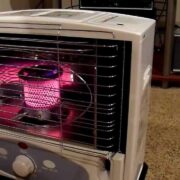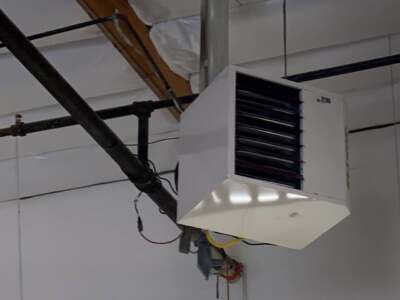Are those relaxing hot showers getting elusive and less steamy? The chances are that you may be dealing with a common water heater issue. Your water heater may have lost some of its potency due to sediments from topsoil that have started to conquer your heater.
Especially if you have hard water, minerals like magnesium and calcium may have accumulated over time. They tend to reduce the effectiveness of your heater to a great extent. However, a periodic maintenance and water heater flush from professional plumbers can help keep your water heaters up and running.
This way, you can do your best to extend the potency and thereby your water heater’s life span. As a result, it will aid you to avoid expensive and extensive repairs or even replacement.
Here are some expert tips and tricks to empower you on how to flush a water heater the right way:
Turn off Gas and Electricity
Whether you possess a gas or electric water heater, it’s essential to turn off the power supply before you do anything. Ensure to follow the manufacturer’s instructions. If it’s gas, rotate the gas control knob to pilot position, and if electric, turn off the circuit breaker located at the main breaker panel.
Shut off the Water Supply
Next, it’s also crucial to turn off the water supply to the heater. Locate the water pipe valve or a zero g hose on the heater and turn the valve to shut off the tank’s water supply. Subsequently, ensure to let the heater cool off and release all the water in the tank before continuing. Depending on the water heater’s size, it may require a few minutes to hours to let it cool down before you flush.
Therefore, locate a faucet and leave it on while draining the water. This will prevent vacuum and pressure from forming in the lines. It’s recommended to use a faucet that is on a floor above the heater.
Flush the Heater
After letting the water release and cool down, the next tip on how to flush a water heater is to drain the pipes. Before you drain, attach a hose to the drain valve and run the other end to a drain outside your home, garden, driveway or empty bucket.
If the water heater is in the basement, it may need the expert hands of a plumber and a manual pump connected to a hose to help you drain. Or you can find a longer hose. Ensure that the hose does not have any kinks or clogs for proper water flow.
Next, open the drain valve by loosening it up with a flathead screwdriver and allow the water to flow till it stops. It may take a while to drain the tank if it’s full or there are many sediments.
With the drain valve still open, turn on the cold water supply to flush out the remaining sediments on the bottom of the tank. You may need to turn off and turn on multiple times to ensure that all the sediments get cleared.
Restore Water in the Heater Tank
Once the water is running clear, disconnect the hose and tighten the drain valve. Ensure also to close the faucet that you turned on when draining the tank. Turn the water supply on to refill the tank. Once the water is refilled, power up the water heater.
Follow the instructions to turn it on or re-light your heater. It’s crucial to ensure that your water is refilled in the tank before turning on the power supply, or you may risk damaging the heating element of the heater.
Evaluate and Decide
Collecting the drained water in the bucket will help you assess if the sediments have been completely cleared and the water is clean. If there isn’t much build-up, keep a tab and flush it later on. The more the sediments, the more times you may need to rinse the heater and flush it.
If the above tips on how to flush a water heater did not work and you still experience water heating issues, then seek professional assistance from your local plumbers. They will help assess the situation thoroughly and suggest the best course of action.
Monitoring and doing routine maintenance can go a long way to protect your water heater. Learning how to flush a water heater may come in handy to perform periodic cleaning. One of the most crucial things to remember while flushing your water heater is to practice caution and take it slow when opening and closing valves, as pressure is released and can hurt you.
The water may also be extremely hot, so unless you know how to tackle it, don’t try to do it independently. Enlist a professional plumber’s services to aid you in flushing the water heater and maintaining your heater to avoid damage or replacement.










[…] and it can be prevented by flushing sediment out of your water heater regularly. Plumbers recommend flushing your water heater at least once a year, and it only takes a short while. It’s also important to have the […]